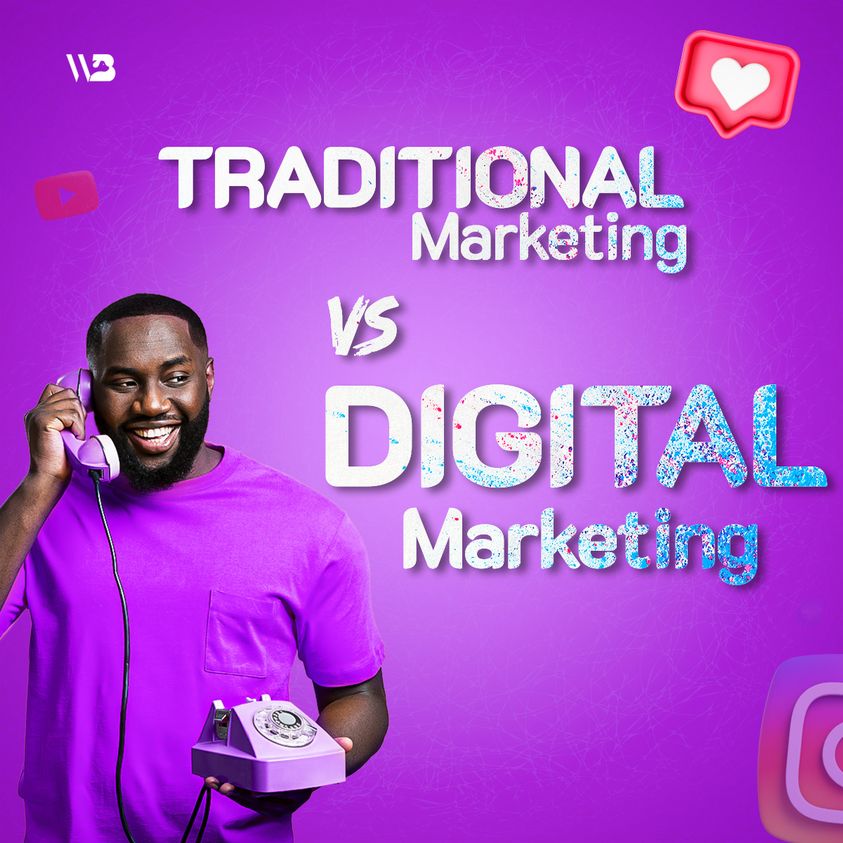Before and After: The Impact of Site Speed Optimization on Business Outcomes

In the digital era, a website is more than just a digital footprint; it’s a critical player in a business’s success. Among various factors influencing this success, site speed stands paramount. How does site speed optimization reshape the landscape for a business? Let’s dive into the world of milliseconds and megabytes to understand its impact.
The Speed Syndrome: Why Does Site Speed Matter?
Before we embark on the journey of optimization, let’s first grasp why site speed is such a crucial factor. In an age where the human attention span is shorter than that of a goldfish, waiting for a website to load is akin to watching paint dry – tedious and frustrating. Slow-loading sites lead to increased bounce rates, as visitors lose patience and navigate away. Moreover, Google’s algorithm updates increasingly factor in site speed, making it a pivotal aspect of SEO.
The Starting Line: Business Websites Pre-Optimization
Imagine a business website that hasn’t been optimized for speed. It’s sluggish, with pages taking several seconds to load. Images are heavy, scripts are bulky, and the server response time is lethargic. The user experience is poor, and this is reflected in the website’s performance metrics: high bounce rates, low engagement, poor organic search rankings, and ultimately, disappointing conversion rates.
The Optimization Odyssey: Implementing Site Speed Optimization
Site speed optimization is a multi-faceted process involving several steps:
Compressing and Optimizing Images: Large images are one of the primary culprits in slowing down websites. Tools like Tiny PNG or Adobe’s image optimization settings come in handy here.
Minifying CSS, JavaScript, and HTML: Removing unnecessary characters from code without changing its functionality helps in speeding up load times.
Leveraging Browser Caching: By storing elements of your site in a visitor’s browser, subsequent visits are made faster.
Improving Server Response Time: Choosing the right hosting solution and optimizing the server can drastically reduce load times.
Using a Content Delivery Network (CDN): CDNs distribute the load, saving bandwidth and accelerating access for users across different geographies.
The Impact Post-Optimization: A Business Transformed
After implementing these strategies, the transformation can be staggering.
Improved User Experience: A faster site translates directly to a better user experience. Pages load instantly, images appear without delay, and interaction with the site feels seamless.
Lower Bounce Rates: As speed increases, impatience decreases. Users are more likely to stay on the site, reducing bounce rates significantly.
Higher Engagement and Conversion Rates: With improved user experience, engagement levels soar. Visitors are more likely to browse through products, read content, and interact with the site. This inevitably leads to higher conversion rates – more sales, more sign-ups, more business.
Boost in SEO Rankings: Google loves speed. A faster website is likely to climb the ranks in search results, bringing in more organic traffic.
Enhanced Brand Perception: Speed is often associated with efficiency and professionalism. A fast-loading site portrays a positive image of your brand.
Real-Life Success Stories: Testimonials from the Frontline
Let’s take a look at some real-life examples.
E-commerce Giant: An e-commerce company observed a 27% increase in conversion rates after reducing their site’s load time by 1.2 seconds.
B2B Service Provider: A B2B service provider experienced a 70% decrease in bounce rates and a 40% increase in traffic after optimizing their site’s speed.
Challenges and Considerations in Optimization
While the benefits are clear, the road to optimization isn’t without its challenges. It requires a clear strategy, often involving web developers and SEO specialists. The investment in time and resources must be weighed against the potential gains. Furthermore, maintaining speed with changing content and updates is an ongoing task.
The Future of Speed Optimization
As technology advances, the importance of speed optimization will only grow. New formats and coding standards will emerge, and staying ahead of the curve will be crucial for businesses wanting to retain their competitive edge.
Conclusion
The impact of site speed optimization on business outcomes cannot be overstated. It’s a journey from the slow lanes of digital traffic to the fast tracks of online success. Businesses that recognize and act upon the importance of site speed stand to gain immensely in terms of user experience, search engine ranking, and ultimately, their bottom line.



